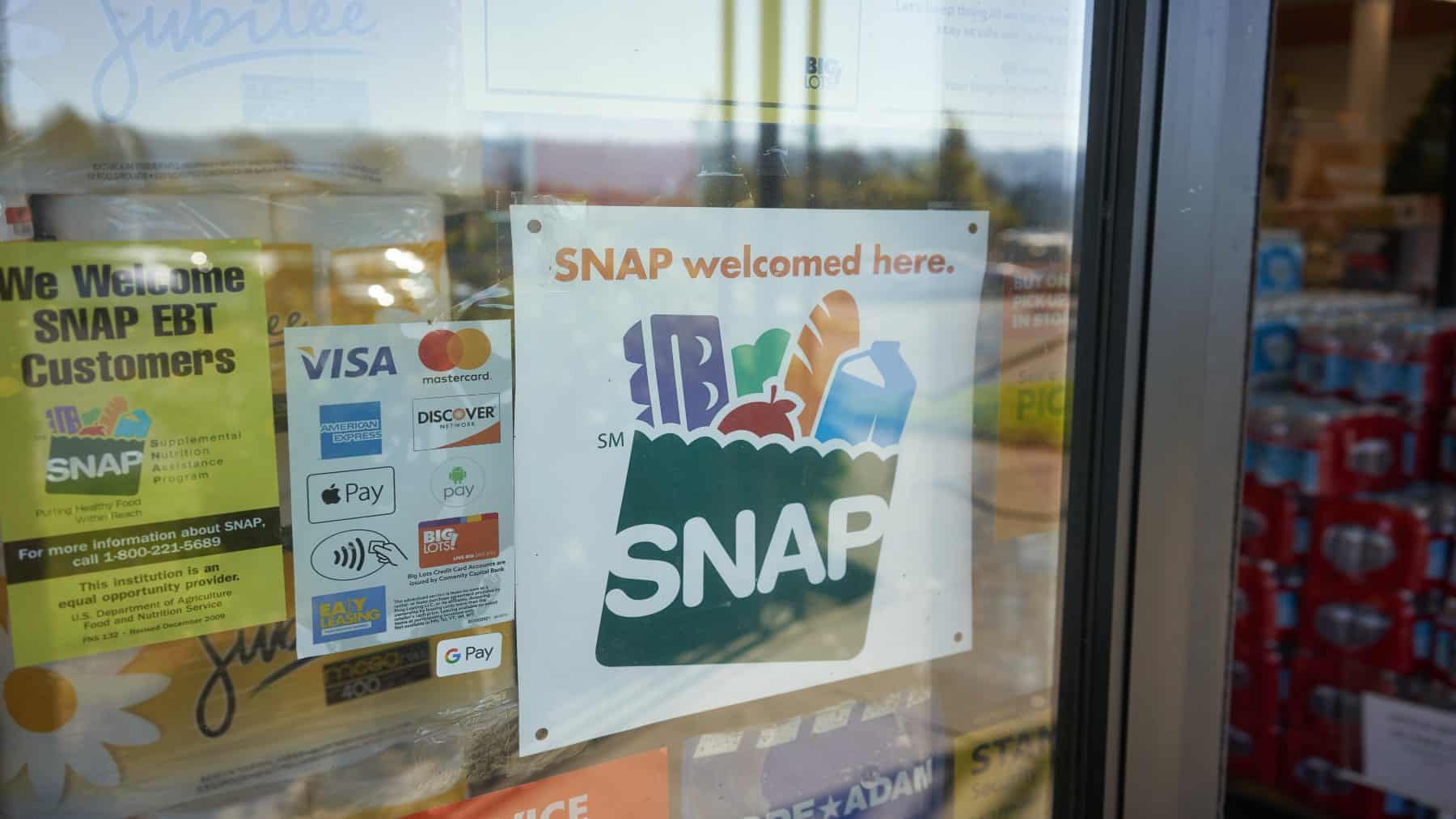SNAP, or the Supplemental Nutrition Assistance Program is a federal program that pays benefits to individuals with low income so that they may have the ability to purchase nutritious food. Generally, recipients of the Supplemental Security Income, or SSI, also qualify to receive SNAP benefits.
Whilst the SNAP program is a federally funded program, the management and distribution of these funds are the responsibility of each state independently and this is done through local offices within each respective state.
SNAP payments for July will begin rolling out soon. Here is what you need to know.
How does SNAP work?
The Supplemental Nutrition Assistance Program, or SNAP pays benefits to low income individuals that can be used to purchase nutritious foods on a monthly basis. There are currently around forty million Americans who receive SNAP benefits each month. SNAP benefits are loaded onto an electronic benefit card, or EBT, each month and this card can then be used to make purchases at approved retailers and even some online stores.
Whilst the SNAP program is a federally funded endeavor, each respective state is responsible for issuing payments to the qualifying beneficiaries. As such, the dates of distribution often differs from state to state as each region has its on system of distribution.
The states of Alaska, North Dakota, Rhode Island, and Vernon, for example, all issue their SNAP payments on the first of the month regardless of case number or application date. Other states opt to use case numbers as the basis for distribution. Additionally, in some states like Connecticut or Delaware, SNAP benefits are distributed alphabetically in relation to the last name of the beneficiary.
Depending on the size of the state, some SNAP distributions are made across span of several days if the state is larger, whilst smaller states will have distributed all of their SNAP benefits in a one day.
SNAP payments for July 2025 by state
Throughout the month of July, SNAP payments will be rolled out in each state on the following dates:
- Alabama: July 4 to 23
- Alaska: July 1
- Arizona: July 1 to 13
- Arkansas: July 4 to 13
- California: July 1 to 10
- Colorado: July 1 to 10
- Connecticut: July 1 to 3
- Delaware: July 2 to 23
- District of Columbia: July 1 to 10
- Florida: July 1 to 28
- Georgia: July 5 to 23
- Guam: July 1 to 10
- Hawaii: July 3 to 5
- Idaho: July 1 to 10
- Illinois: July 1 to 20
- Indiana: July 5 to 23
- Iowa: July 1 to 10
- Kansas: July 1 to 10
- Kentucky: July 1 to 19
- Louisiana: July 1 to 23
- Maine: July 10 to 14
- Maryland: July 4 to 23
- Massachusetts: July 1 to 14
- Michigan: July 3 to 21
- Minnesota: July 4 to 13
- Mississippi: July 4 to 21
- Missouri: July 1 to 22
- Montana: July 2 to 6
- Nebraska: July 1 to 5
- Nevada: July 1 to 10
- New Hampshire: July 5
- New Jersey: July 1 to 5
- New Mexico: July 1 to 20
- New York: July 1 to 9
- North Carolina: July 3 to 21
- North Dakota: July 1
- Ohio: July 2 to 20
- Oklahoma: July 1 to 10
- Oregon: July 1 to 9
- Pennsylvania: July 3 to 14
- Puerto Rico: July 4 to July 22
- Rhode Island: July 1
- South Carolina: July 1 to 19
- South Dakota: July 10
- Tennessee: July 1 to 20
- Texas: July 1 to 28
- Utah: July 5, 11 and 15
- U.S Virgin Islands: July 1
- Vermont: July 1
- Virginia: July 1 to 7
- Washington: July 1 to 20
- West Virginia: July 1 to 9
- Wisconsin: July 1 to 15
- Wyoming: July 1 to 4
Furthermore, the USDA has confirmed that, “The Summer Electronic Benefit Transfer program—known as Summer EBT or SUN Bucks— is back for the months of June, July and August.” This SUN Bucks summer program is directed towards SNAP beneficiaries with children in their households. Through the Summer EBT, these beneficiaries with children could receive additional payments to their EBT cards during the summer period to help with the added grocery costs that will likely incur due to the children will be on vacation from school.
For 2025, participants of this program will include 37 states, the District of Columbia, as well as all U.S. territories.

